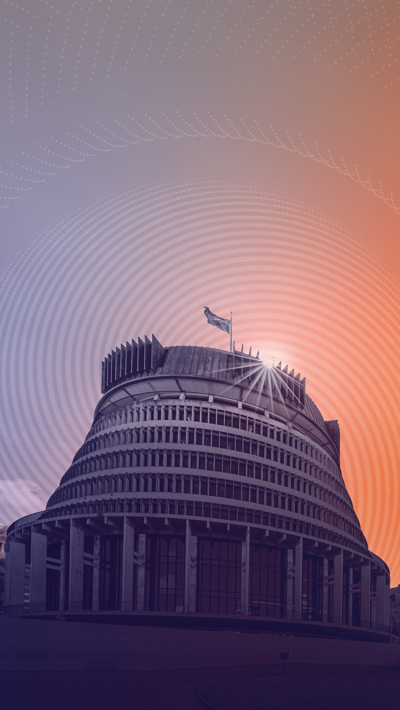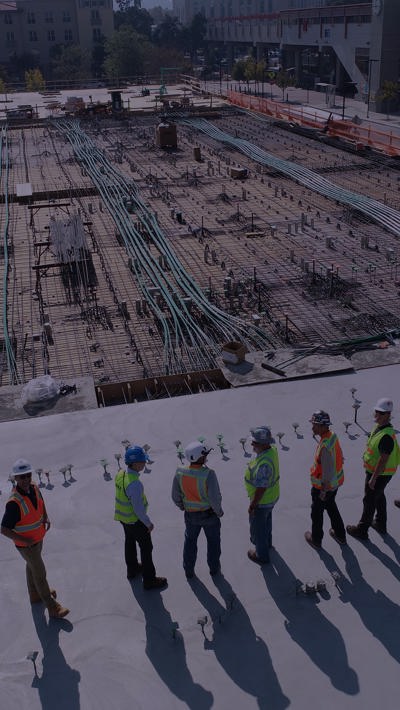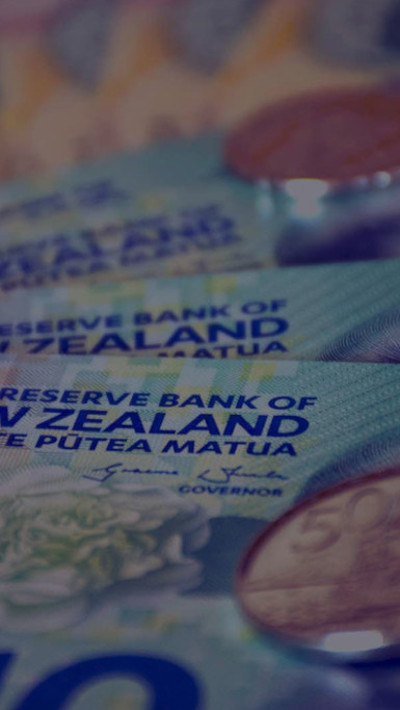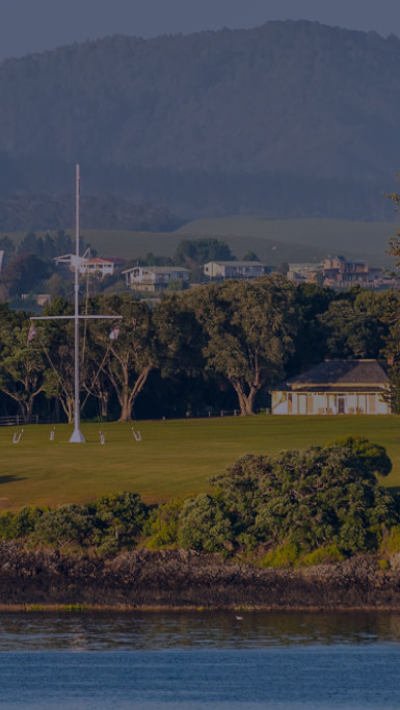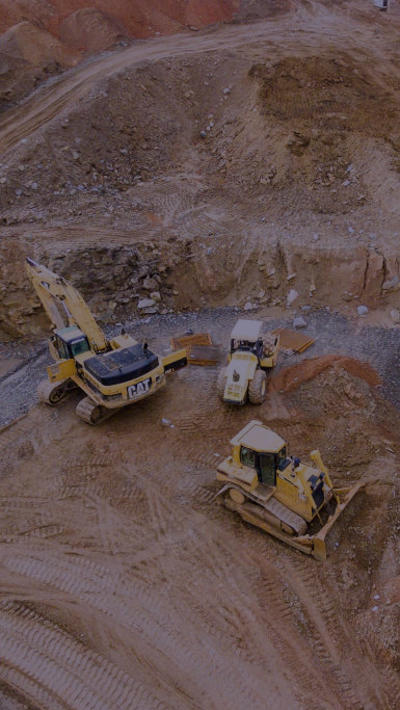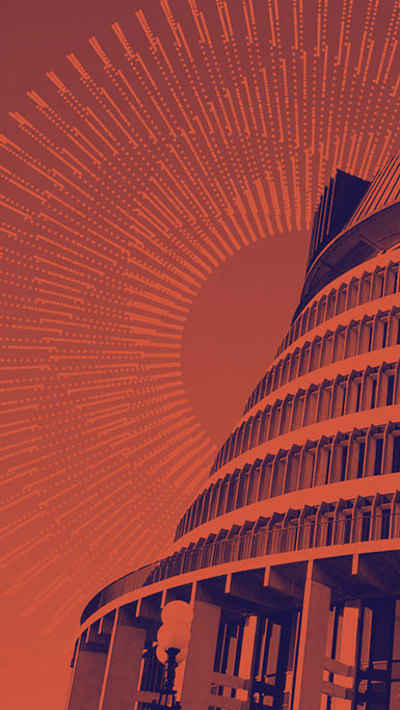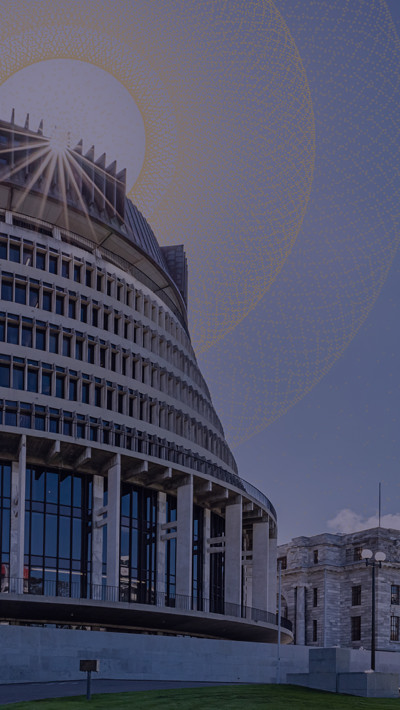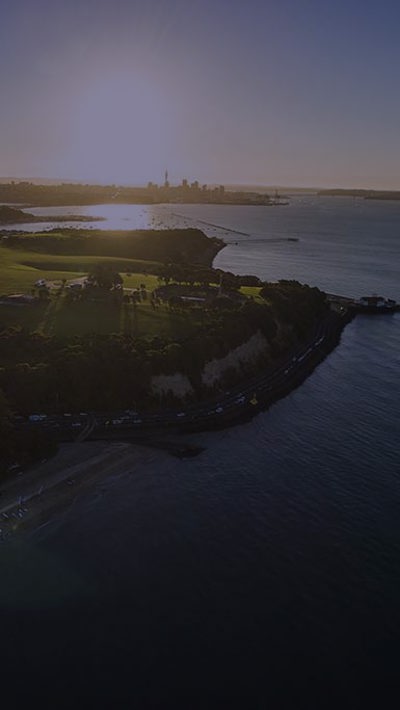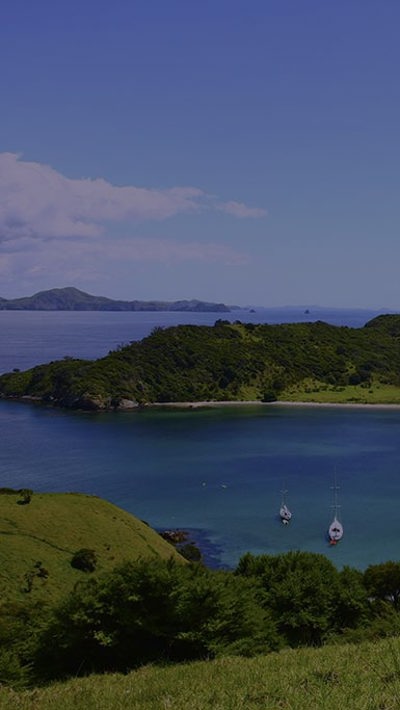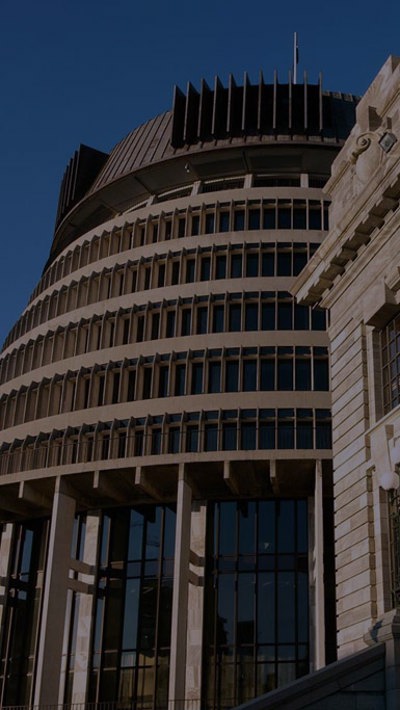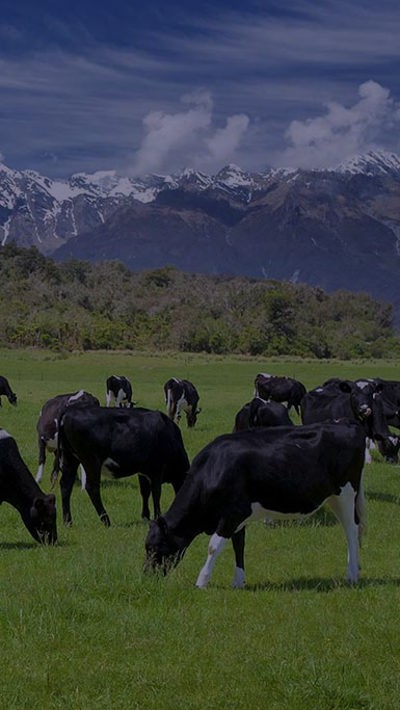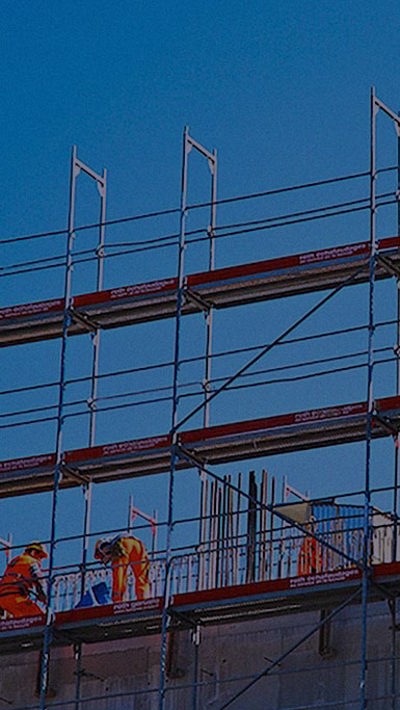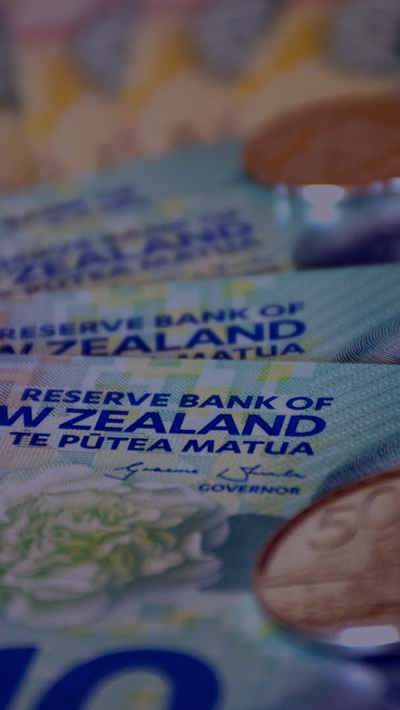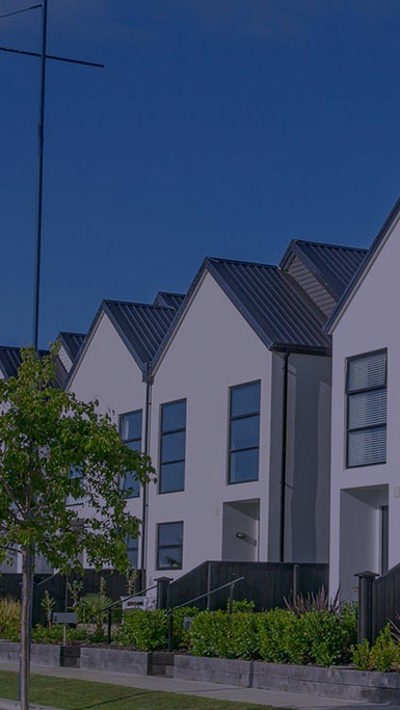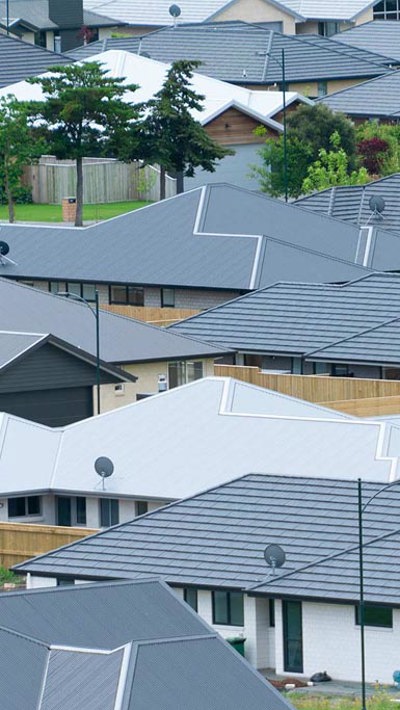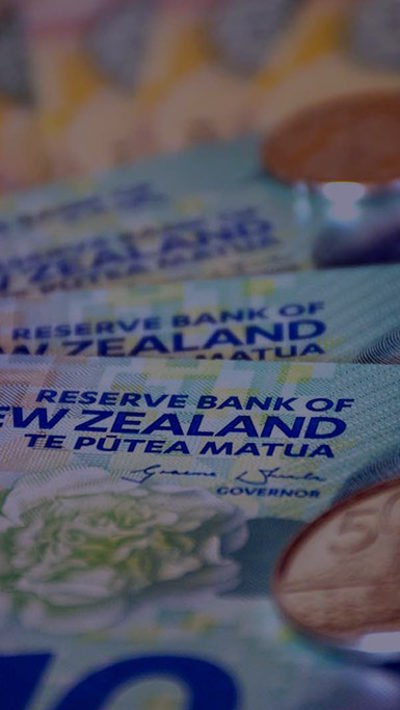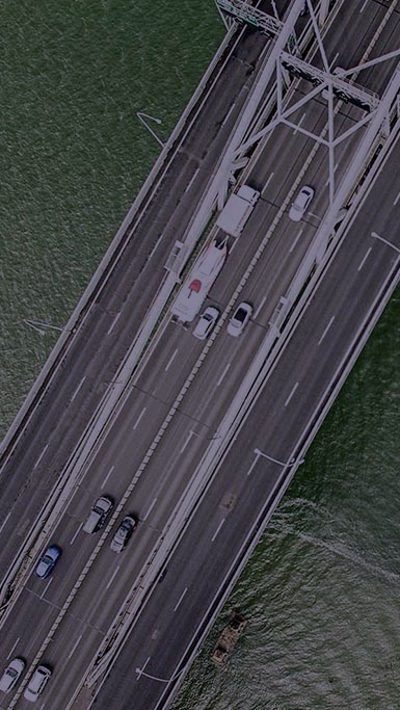Speak to our experts
Contents
Budget 2023 is the work of a government with its back very much to the wall. The budget is fiscally expansionary in the immediate term, reflecting the huge costs created by the recent weather events, but aims to be contractionary over the forecast period.
The political risk for the Government is that there is little to nothing to materially reduce the pressure on household budgets, and what is there is tightly targeted. But there was little choice given the inflation risk.
The pay-off for this restraint is that the fiscal forecasts look relatively healthy and may reassure the ratings agencies. But they don’t vote.
After all the pre-budget tax speculation, the only tax move is to align the trustee tax rate with the 39% personal tax rate from 1 April 2024. This was not surprising after IRD reported an almost 50% spike in income subject to the trustee rate after the 39% income tax rate on incomes above $180,000 was introduced in 2020.
Robertson’s budget dilemma
Finance Minister Grant Robertson commented high up in his budget speech that it was “hard to remember a time in New Zealand’s history where there have been so many challenges to our economic, environmental and social systems in such a short period of time”.
This was borne out by the economic and fiscal overview.
The economy is rickety and will not assist Labour’s re-election chances, remaining soft throughout this year although Treasury expects it will rebound over subsequent years to achieve growth of 2.1% next year and 3.1% the year after (2026).
This recovery will be driven by:
- continuing strong tourism demand ;
- high net migration (expected to peak mid this year and to average 40,000 a year from 2024 on);
- the rebuild from the Auckland floods and Cyclone Gabrielle; and
- the $4.8b new spending in the budget, with future allocations in each of the next three budgets of $3.5b.
But inflation is expected to come in at 6.2% this year (down from 7.3% last year) before drifting down to 3.3%, 2.6% and 2.3% over the next three years. Which will mean that interest rates will remain higher for longer as the Reserve Bank seeks to achieve its 2% monetary policy target.
Treasury is forecasting that the 90 day rate will remain at a level corresponding to an OCR of 5.2% over this year before gradually easing to reach 3% by mid-2027.
The current account balance, now at a dangerously high 8.9% of GDP and threatening New Zealand’s sovereign credit rating, is forecast to stay at 7.8% this year but then to track down to 5.9% in 2024, 4.6% in 2025 and 4.1% in 2026.
Treasury notes that, while much of the current imbalance reflects the effects of the pandemic on the tourism and the international education sectors there will be continuing fragility as “increasing geopolitical fragmentation and growing barriers to trade inhibit global trade growth and weigh on the terms of trade”.
Fiscal overview
The OBEGAL (Operating Balance Before Gains and Losses) is now not expected to return to surplus until 2026 (one year later than previously estimated). Meantime, we can expect quite meaty deficits of $7b this year, $7.6b next year, and $3.6b in 2025 before returning to positive territory in 2026.
Net debt is forecast to peak at 22% of GDP in 2024, below Robertson’s 30% ceiling – an (anticipated) achievement he is so pleased with that we would not be surprised if he had it printed on a T-shirt.
Budget initiatives
We have listed these under the themes the Government identified for budget attention.
As we’ve already noted, the expenditure is tightly focussed. It is also coherent and well-directed. Whether it is enough to make much of a difference is questionable, even acknowledging that the Government was working within very tight constraints.
Cost of living
- Free public transport fares for children under 13;
- Half price fares for the 13 to 25s;
- Removal of the $5 co-payment for prescription medicines; and
- 20 hours free early childhood education for two-year-olds.
Health
- More than $1b to increase health pay rates and boost numbers;
- $63m to allow 500 new nurses; and
- $118m to reduce hospital waiting lists and $90m to reduce the pressure on hospitals by providing primary care.
Skills and technology
- A 20% rebate for game development studios meeting a $250,000 per year expenditure threshold. Will provide up to $3m a year in rebates, backdated to 1 April 2023;
- $27m toward the Digital Technologies Industry Transformation Plan;
- $29.2m to establish a Horticulture Technology Catalyst Initiative;
- Extension of the Apprenticeship Boost to the end of 2024 (enabling an additional 30,000 places);
- An across-the-board 5% funding increase from 2024 for the tertiary sector (the biggest increase in 20 years); and
- $180.7m to fund 16,000 more full time equivalent students in 2024 and 13,000 more in 2025.
Climate change
- $6b for a National Resilience Plan to help build back better and to future proof road, rail and local infrastructure;
- Funding of $120m to partner with the private sector to create up to 23 new EV charging hubs (each containing up to 20 chargers);
- The creation of three multi-institution research hubs – Climate change and disaster resilience, Health and pandemic readiness and Technology and innovation; and
- A range of initiatives to reduce power use.
Rebuild
Most of this expenditure had already been announced.
- $279m toward climate risk mitigation on the State Highway system and a $20m a year Transport Resilience Fund to support local councils; and
- $100m to the new Crown infrastructure delivery agent, Rau Paenga.





















